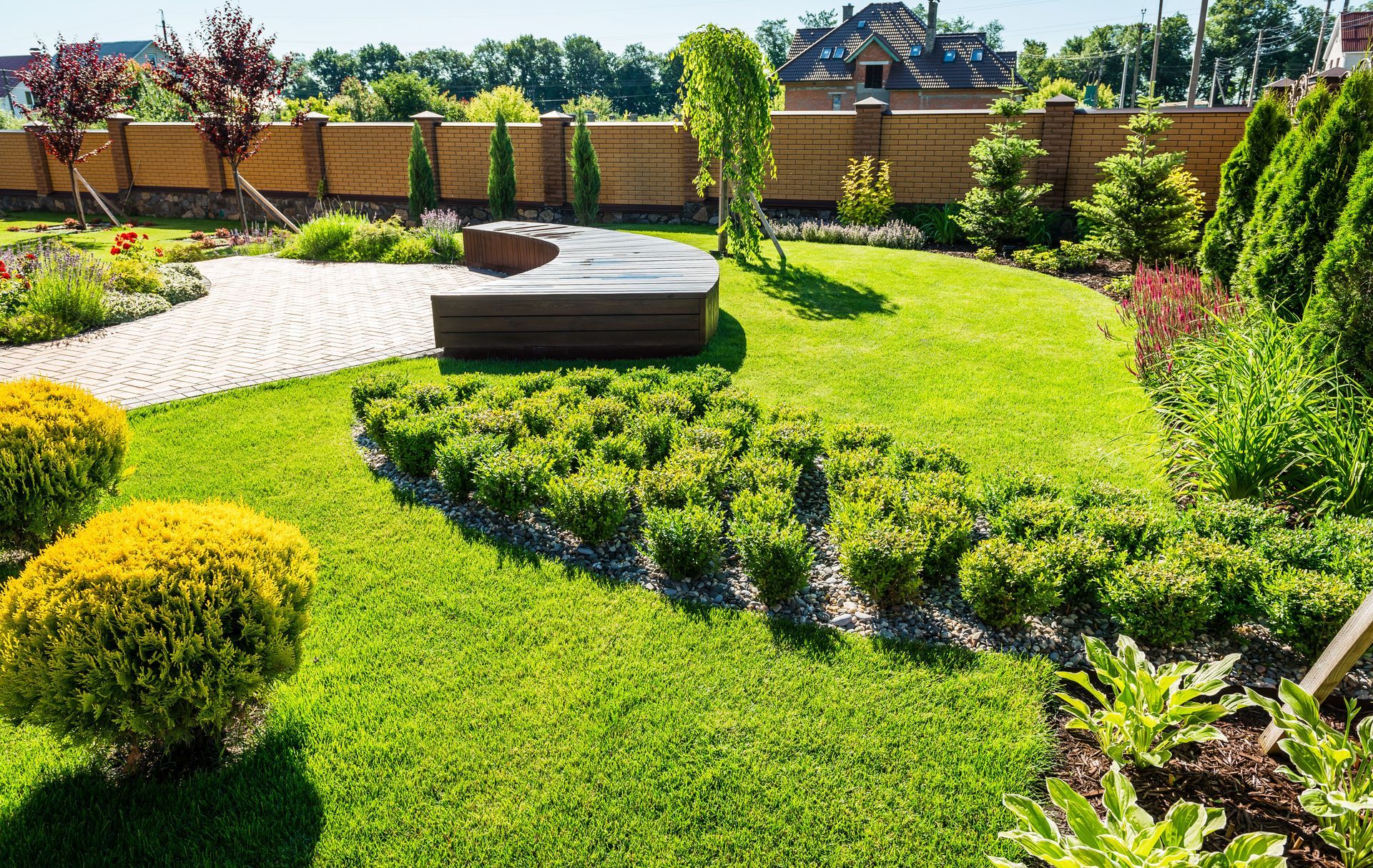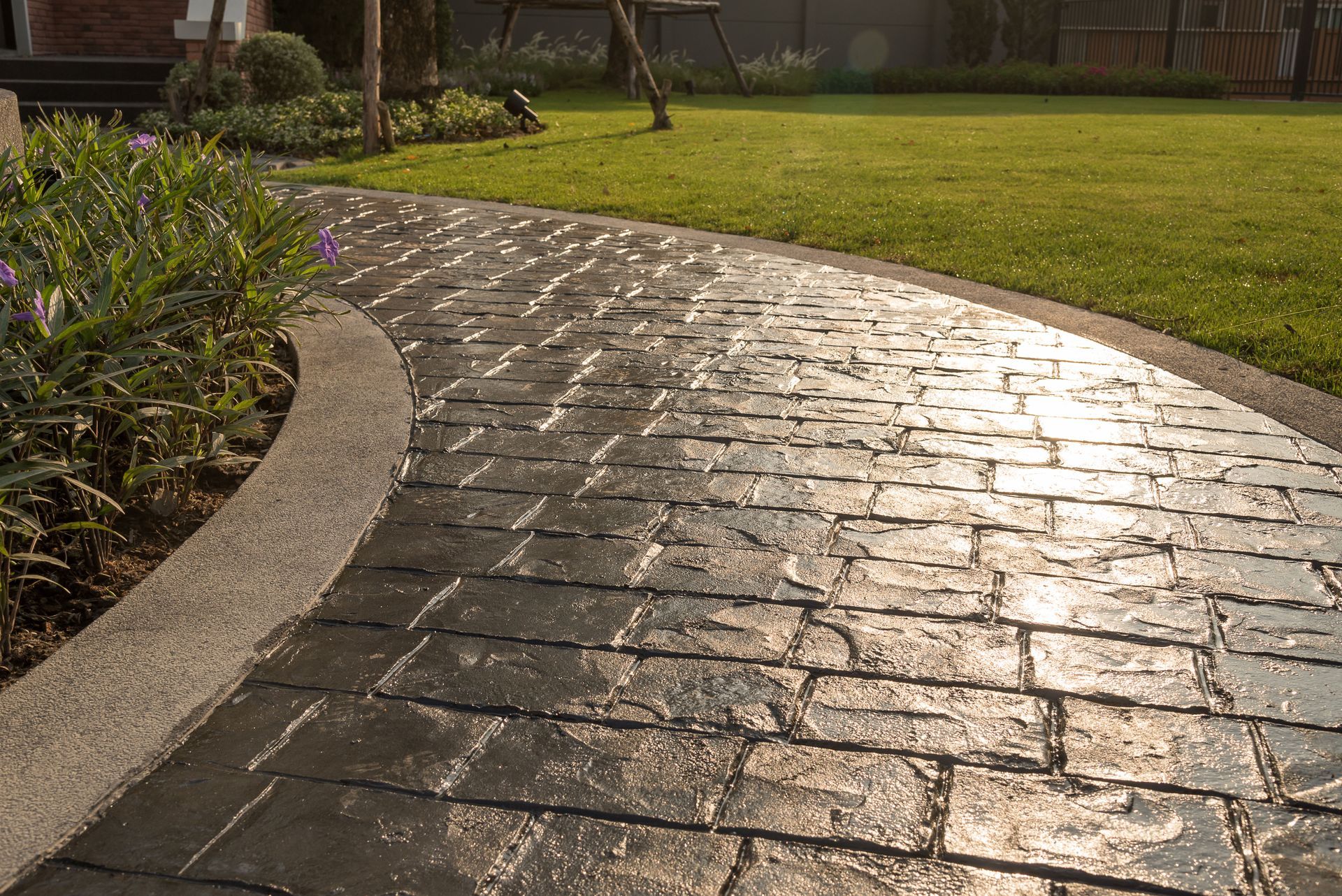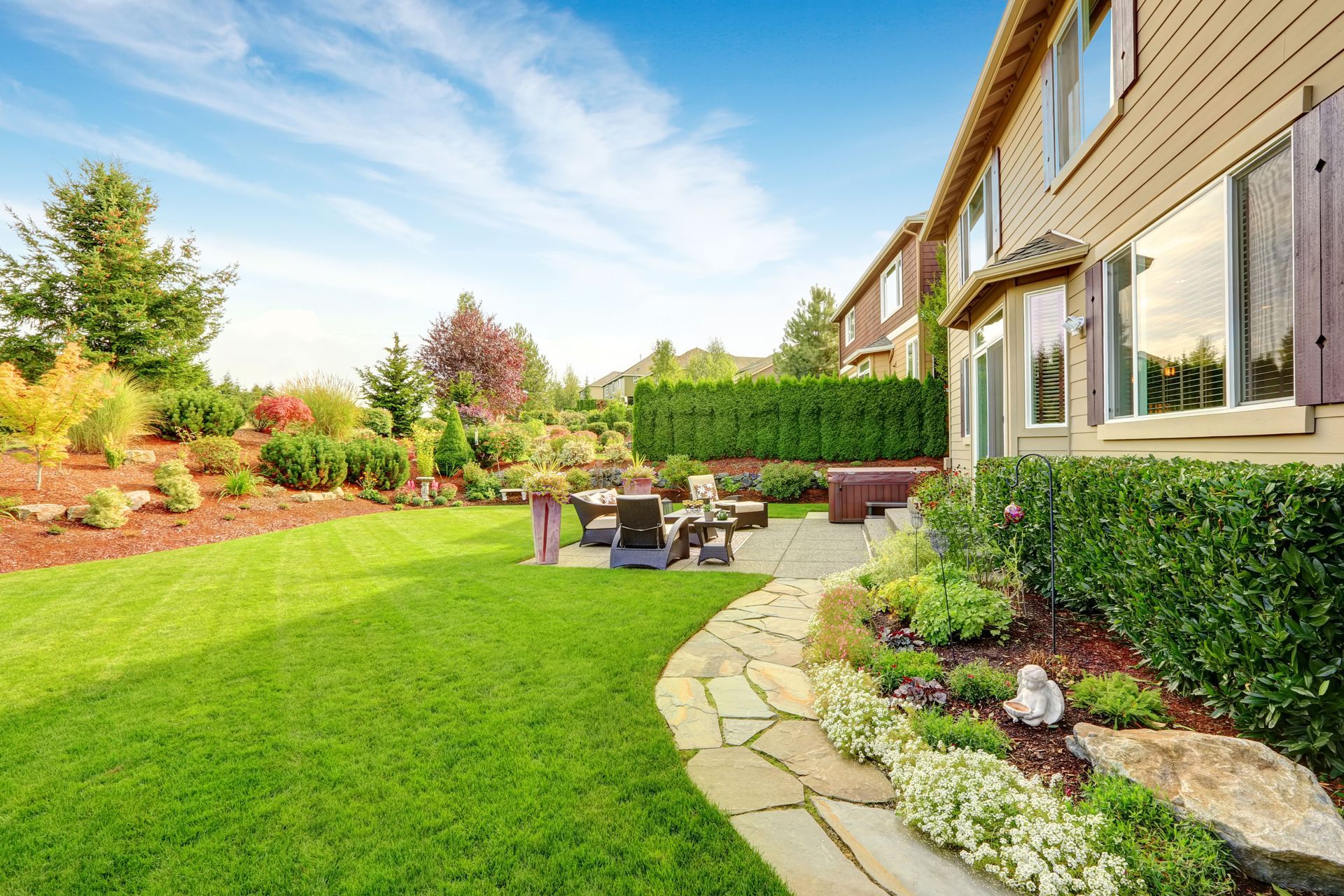12 Things to Know Before Professional Artificial Turf Installation in Your Yard
By Mike Sencenich | November 20, 2025
Artificial turf has become an increasingly popular choice for homeowners seeking a low-maintenance, evergreen lawn. In fact, according to Globe Newswire, artificial turf installation requests by U.S. homeowners grow between 10% and 15% every year! With improvements in turf quality, better drainage systems, and more realistic textures, synthetic grass now offers a visually appealing and practical alternative to natural lawns. But while artificial turf might seem like an easy upgrade, a successful installation requires careful planning and an understanding of what the process involves. Whether you’re preparing to install turf in your front yard, backyard, or a pet-friendly space, knowing what to expect can help you avoid costly mistakes and ensure long-lasting results.
Below are 12 essential things to know before professional artificial turf installation in your yard.
1. Not All Turf Is Created Equal
Before scheduling an installation, you should understand the different types of artificial turf available. Synthetic turf varies widely in blade shape, density, pile height, color, and backing materials. Some varieties are designed specifically for aesthetics, while others prioritize durability for foot traffic or pet use. For example, nylon turf is exceptionally strong but more expensive, polyethylene turf offers a realistic look and soft feel, and polypropylene turf is budget-friendly but less durable. You’ll also find options with S-shaped, C-shaped, or V-shaped blades designed for specific performance benefits. Knowing these differences will help you choose the best option for your yard’s needs.
2. Your Yard Needs Proper Preparation
One of the biggest factors influencing the longevity of artificial turf is the preparation of the ground beneath it. Professional installers follow a detailed process that includes removing existing grass, leveling the soil, installing a weed barrier, adding a crushed rock base, and compacting the surface for stability. Skipping these steps can lead to sinking spots, weed growth, poor drainage, or uneven turf. Proper preparation ensures the foundation is strong and ready to support your turf for years to come.
3. Drainage Matters More Than You Think
A well-designed drainage system is essential for a functional artificial lawn. While many assume synthetic grass drains automatically, proper drainage relies heavily on the base material and the turf’s perforated backing. Without proper drainage, your yard may develop puddles, odors, discoloration, and premature turf wear. Professional installers evaluate your yard’s slope and soil type to ensure water can easily pass through the turf and base layer, especially important in rainy climates or for pet owners.
4. Consider Your Yard’s Traffic Levels
How much activity will your turf receive? Foot traffic levels significantly influence the type of turf you should select. High-traffic areas—like play zones, pet runs, or pathways—require dense, durable turf that can resist matting and wear. Lower-traffic areas can use softer, more visually focused varieties. Professionals may also reinforce specific high-use zones to extend the turf’s lifespan.
5. Artificial Turf Can Get Hot
One factor homeowners often overlook is that artificial turf can become warm under direct sunlight. Although newer turf technologies include cooling features and lighter-colored blades to help reduce heat absorption, synthetic grass will always be warmer than natural grass in peak summer. Options like cooling infill, shaded areas, or selecting lighter turf colors can help manage heat. Knowing this before installation allows you to plan for comfort and performance.
6. Infill Choice Makes a Big Difference
Infill is the material spread between the turf blades to keep them upright, improve cushioning, and support drainage. It also affects temperature control and odor reduction. Common infills include silica sand, rubber crumb, TPE, organic options like cork, and zeolite for odor control in pet areas. Choosing the right infill ensures your turf performs as expected and remains comfortable for daily use. Your installer can guide you, but understanding your options helps you make informed decisions.
7. Professional Installation Ensures Proper Seaming
Artificial turf comes in large rolls that must be cut and joined seamlessly. Poor seaming can create visible lines, weak points, or uneven edges. Professional installers use specialized seam tape, adhesives, and stretching techniques to create secure, nearly invisible seams. This step is especially important for yards with curves, obstacles, or complex layouts. Proper seaming ensures your lawn looks natural and stays durable over time.
8. Artificial Turf Requires Little Maintenance
While artificial turf requires far less upkeep than natural grass, it still needs periodic care to maintain its appearance and longevity. Routine maintenance includes rinsing the turf, brushing fibers to prevent matting, removing leaves or debris, refreshing infill, and cleaning pet waste. Although minimal compared to mowing, fertilizing, or watering, realistic expectations will help you keep your turf looking fresh and vibrant for many years.
9. Pets and Children Can Enjoy Artificial Turf Safely
Many homeowners choose artificial turf because it’s ideal for kids and pets. High-quality turf is non-toxic, lead-free, and designed to handle heavy use. Pet-friendly turf features antimicrobial backing and efficient drainage for urine, while children’s play areas can include extra foam padding beneath the turf to provide a safer surface. Communicating your needs to your installer helps ensure your turf system is tailored to support your family’s lifestyle.
10. Installation Is an Investment That Pays Off
Artificial turf installation can be a significant upfront investment, but the long-term benefits often outweigh the initial cost. Homeowners save on watering, mowing, fertilizing, and seasonal lawn repairs. With a lifespan of 12 to 20 years, artificial turf provides consistent curb appeal and year-round greenery. For many, the convenience, aesthetic value, and long-term savings make artificial turf a smart home improvement investment.
11. Climate and Location Affect Turf Performance
Your local climate plays an important role in determining how well artificial turf performs over time. Homeowners in extremely hot regions may require turf varieties with enhanced heat-resistant features, while those in rainy or humid climates should prioritize superior drainage systems and antimicrobial backing. Turf color may also look different depending on your region’s natural landscape—some areas favor deeper greens, while others prefer lighter shades for a more realistic appearance. Discussing climate-specific recommendations with your installer ensures that your turf will stay vibrant, safe, and functional throughout the year.
12. Edging and Borders Are Essential for a Finished Look
Edging is often overlooked but plays a vital role in the durability and appearance of artificial turf. Professional installers use various edging materials—such as bender board, pressure-treated lumber, concrete curbing, or metal edging—to secure the perimeter of the turf and prevent shifting over time. A strong border keeps the base material in place, maintains the turf’s shape, and provides a clean, polished edge. Proper edging also helps prevent tripping hazards and ensures the turf transitions smoothly into flower beds, pathways, or hardscaping features. Investing in high-quality edging increases longevity and enhances the overall presentation of your yard.
Artificial turf installation can transform your yard into a clean, green, low-maintenance space that looks beautiful in every season. By understanding the materials, installation steps, and maintenance requirements, you’ll be better prepared to make informed decisions. From drainage and infill to durability and safety, each factor contributes to long-term performance. Taking the time to learn the process ensures a high-quality result that enhances your outdoor living space for years to come. Contact our team at Classic Landscape & Horticulture today to request a free estimate!





Share On: